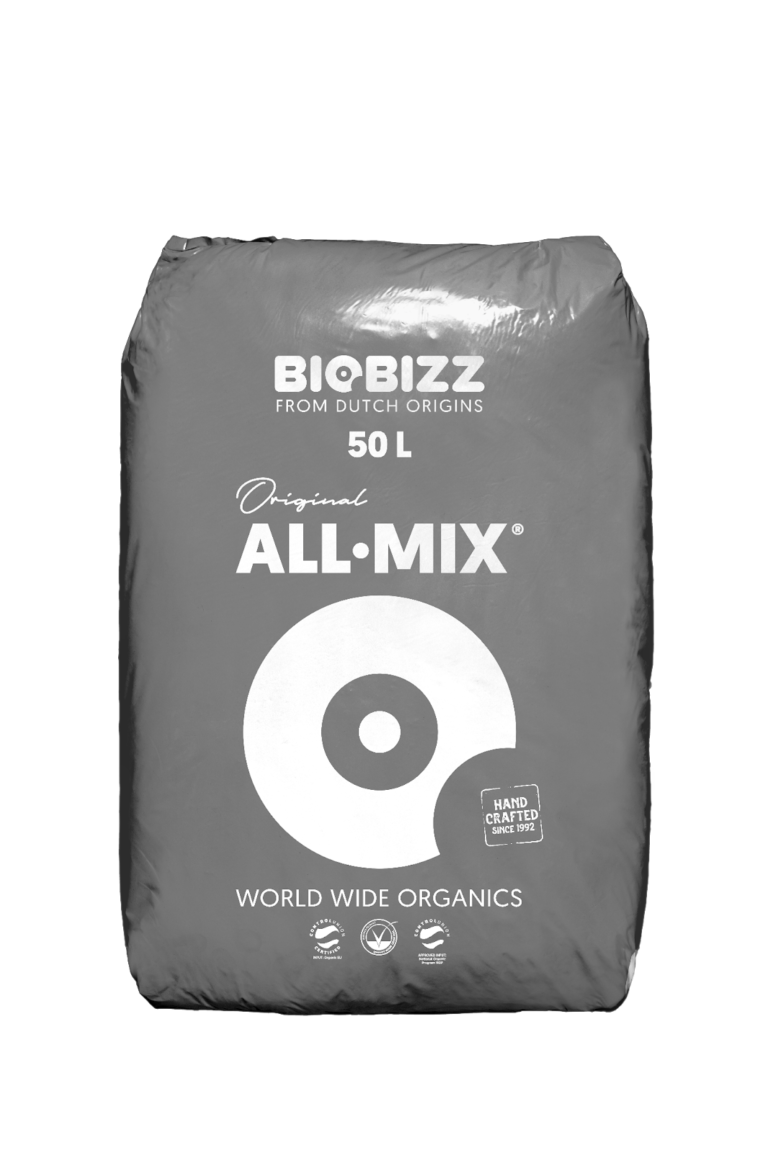What to Watch Out for When Scaling With AI Advertisement Generators

AI ad generators aren’t just a shiny new toy anymore. They’re real tools, saving time, speeding up workflows, and helping D2C founders, agencies, and eCommerce teams push out campaigns without chasing designers or copywriters all day.
But let’s be real: scaling with AI isn’t about hitting “generate” 50 times and calling it a day. It’s about keeping your brand human, sharp, and ROI-positive while the machines help you move faster.
If you’ve ever wondered, “How do I crank out more ads without losing our tone or wasting budget?” — this one’s for you.Even a free AI advertisement generator can be a solid launchpad. But once you’re scaling, strategy matters way more than speed.
What Marketers Deserve to Know
Here’s what they don’t always tell you:
- Brand voice doesn’t magically scale: Everyone says “train the AI,” but how? Start a Brand Voice Prompt Doc. Include what to say, what not to say, and real ad examples. AI tools eat that stuff up.
- Creativity is getting lost in automation: Most teams use AI to crank out quantity. Try using it to inspire your next campaign. Get 10 wild hooks, let your creative team remix.
- Not enough teams share what’s actually working: Most AI “wins” are vague. If you found a prompt that boosted CTR, share the structure. It’ll help your team—and maybe your peers.
- Nobody talks about messy data: AI is only as good as what you feed it. Start tagging your top ads with notes like: “target: college grads, pain: FOMO, CTA: playful.” You’re building gold for future prompts.
Actionable tip: Set up a running spreadsheet. Column A: Prompt. Column B: Results. Column C: Notes. Do this for a month and thank yourself later.
See also: Detect, Diagnose, Defend: A Guide to Crop Health Monitoring
Best Practices by ICP (Because Not Everyone Works the Same Way)
1. D2C Founders
Let AI handle your repetitive promos like flash sales or stock clearance offers so you can focus on crafting the deeper brand narrative—the emotional hook that makes people care beyond the discount. That’s your real differentiator. And don’t let past winners gather dust. Got a campaign that performed well last Diwali or during BFCM?
Don’t just reuse the offer—break down why it worked. Was it the urgency? The hook? The CTA? Once you know, tweak the message slightly, update the visuals, and reuse the format across other seasonal bursts. You’re sitting on a goldmine of reusable patterns that just need a fresh coat of context.
2. Agencies
Don’t fall into the trap of using one-size-fits-all prompts for every client. Each brand has its own voice, customer behavior patterns, and performance triggers. Build a mini prompt playbook for every client you serve—seriously. Include their preferred tone, banned phrases, audience nuances, and tested CTAs. Over time, this becomes your shortcut to faster, better-performing outputs.
On top of that, maintain a running wiki of prompt learnings. For example, note that “Fashion brands respond best to urgency-based CTAs” or “Wellness clients perform better with soft, emotional hooks.” These learnings aren’t just insights—they’re training material for new team members and a creative compass when you’re moving fast and juggling multiple accounts.
3. eCommerce Founders
Treat AI ads like minimum viable products—quick drafts that can help you test different messaging angles before committing big budgets or locking in your core campaign. Think of them as rapid experiments: What happens if you lead with social proof instead of discount urgency? Or try a fear-of-missing-out hook instead of highlighting product specs?
Use these AI-generated variations to gauge which message grabs attention and converts best, then double down on the one that works. And here’s a signal to watch: if your CTR starts dipping, don’t immediately jump to changing the offer.
Chances are, your creative angle has gone stale. Cycle through emotional triggers: urgency, proof, exclusivity, aspiration. That way, your campaigns stay fresh without reinventing the wheel every week.
4. CMOs / Marketing Leads
Don’t just track campaign-level ROI and call it a day. Get granular. Break down performance by creative format, medium, and even prompt type. Compare AI-generated ads against human-crafted ones. See how static images stack up against motion graphics or video. This isn’t just about bragging rights—you’ll uncover patterns that show which formats move the needle across different segments.
Maybe AI excels at TOFU visuals but lags on BOFU copy. That insight is gold. And let’s talk compliance: as you scale faster with AI, your brand voice and legal guardrails are at risk of slipping through the cracks.
Don’t wait for a PR nightmare. Build compliance checkpoints right into your AI workflow—like flagging health claims or financial promises—and make sure your AI tools are trained on what not to say just as much as what to include. The goal is speed with safety, not chaos disguised as scale.
Document what works. Share wins. Create a “what not to do” reel too. AI learns, but so does your team.
FAQs People Are Quietly Googling (and Talking About on Reddit)
1. How much data do I need to train an AI ad generator?
Not much to start. But good data beats more data. Even 20-30 strong ads tagged with outcome + audience can teach the AI a lot.
Pro Tip: Upload those with tags: top of funnel, testimonial tone, target = 30+ men, CTA = “Try it now.”
2. Can AI write in my brand voice?
Yes, but only if you spoon-feed it first. Think of AI like a junior copywriter: it copies tone, doesn’t invent it.
Pro Tip: Share 3 examples that sound like your brand. Tell it what not to say. And always run a vibe check before publishing.
3. Can I automate everything?
Nope. Not unless you like generic-sounding copy and weird one-liners. AI should draft, not decide.
Pro Tip: Always keep human eyes on the final output. Especially in regulated or high-trust industries.
4. Which AI ad maker should I use?
Depends. For images and variations: AdCreative.AI. For video: Creatify. For speed testing: Quickads.
Pro Tip: Choose based on what fits your stack. Some tools connect better with your catalog or analytics.
5. How do I measure ROI from AI-generated ads?
Go beyond campaign numbers. Compare creatives: CTR, ROAS, even speed-to-launch. Don’t forget labor hours saved.
Pro Tip: Run A/B tests: AI batch vs. human batch. Let the numbers do the talking.
Wrap-Up: Your AI Won’t Save You. But It Can Supercharge You.
Look, AI ads aren’t magic. But with the right system, they’re a serious unfair advantage. Clean data. Clear tone. A living prompt library. That’s how you scale without losing soul.
Start small. Learn fast. And never let your AI run wild without human eyes on the prize.
Actionable tip: Pick 3 campaigns this week. Use AI to draft the first round. Then test. Edit. Tweak. And most importantly, document what worked.
Because scaling isn’t about doing more. It’s about doing better, faster.






